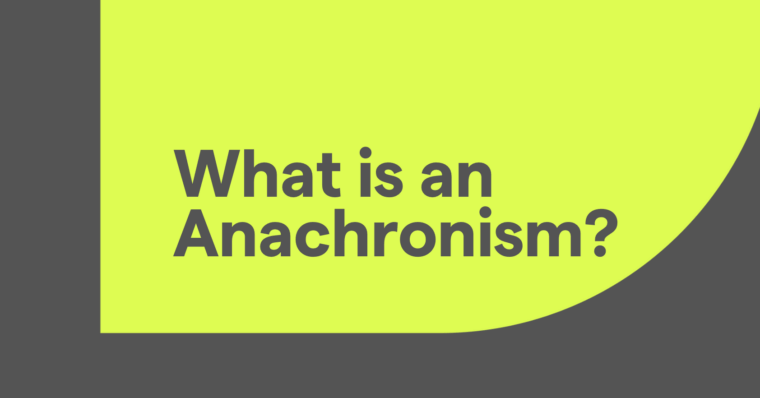
Read any good books lately? Want to share your thoughts about them? A book review is a great way to shed insight and give your opinion on a book you’ve read, whether it’s nonfiction, a mystery novel, or a collection of poems.
Table of contents
How do you write a good book review?
4 tips for writing a book review
What is a book review?
A book review is an honest reaction to a book that generally analyzes its themes, plotline, characters, dialogue, and use of literary devices (if applicable). Through this analysis, written in the first person, a reviewer combines their opinions with insights about the book, sometimes comparing it to other books by the same author or books in the same genre.
Book reviews have a few different purposes. As an academic assignment, a book review requires students to build their analytical skills by engaging with the text and writing a coherent critique. Book reviews on blogs and in magazines often serve to tell readers what to expect from a book so they can decide whether they’re interested in reading it. This type of book review gives readers a preview of a book’s content, themes, and storyline.
How do you write a good book review?
Think of your book review as a conversation with a friend: You want to share your opinion and insights without giving everything away. Don’t spoil the book’s ending or its surprises, but do discuss how effectively you think the writing navigated its literary elements—such as plot, theme, and conflict—throughout the text.
How long is a book review?
Generally, book reviews aren’t long. In most cases, they’re between 500 and 750 words. Keep your book review concise and focus on the book’s big-picture aspects, such as its character development, pacing, reliance on tropes, and use of literary devices. Summarize the plot, then focus on analyzing the book. Mention what you did and didn’t like, and support these positions with quotations from the book. An effective book analysis is more than sharing your opinion; it’s interacting with the text and demonstrating that you’ve read it critically and formed a well-developed opinion about it.
How are book reviews structured?
Book reviews tend to follow similar layouts to other kinds of essays. An essay reviewing a book should begin with an introduction paragraph that summarizes the plot and includes the reviewer’s thesis statement. Following the introduction, a book review should have one body paragraph per point it critiques. For example, a review may have three body paragraphs, one that discusses the book’s themes, one that discusses its characters, and one that discusses the author’s use of metaphor. A book review ends with a conclusion paragraph that summarizes the points made in the body paragraphs and shares any final thoughts the reviewer has about the book. It may include a rating, like giving the book three stars out of five.
4 tips for writing a book review
1. Avoid repetition
A book review is its own piece of writing. By that, we mean your book review shouldn’t just repeat the book’s plot. It should add a new perspective about the book.
2. Be concise
Don’t ramble in your book review. Keep it focused on your analysis of the book since that’s the content your readers are looking for.
3. Support your claims and positions
Sharing your opinion is a significant part of writing a book review, but be sure to support your positions with insights from the book—as you’d support any claims you made in an academic essay with evidence from your sources.
4. Proofread
Before you upload, send, or submit your book review, proofread it. Read it with a critical eye to catch any grammatical or spelling mistakes you may have missed in a previous round of edits.
Book review outline examples
Persepolis by Marjane Satrapi
A Powerful Look at Life During and Following the Iranian Revolution
In the introduction paragraph, the reviewer summarizes the plot of Marjane Satrapi’s Persepolis, briefly describes its protagonist, and provides a general statement about their thoughts on the book.
Satrapi’s color choices
In this section, the reviewer discusses the author’s choice to tell the story through black-and-white illustrations, analyzing the mood these illustrations create and the role they play in telling the story.
Hearing an adult’s story through a child’s narration
In this section, the reviewer discusses the author’s choice to tell the story through the voice of its child protagonist. They may discuss whether the author successfully captured a child’s voice and how the protagonist’s vocabulary and perspective shaped how the reader engaged with the plot.
Does Persepolis successfully tell its story?
In the conclusion paragraph, the reviewer summarizes the content of the previous body paragraphs and includes succinct statements of their thoughts about each. The reviewer then reiterates their thesis statement from the introduction and includes a few more of their thoughts about the book as a whole.
Rich Dad Poor Dad by Robert Kiyosaki
Good advice?
In the introduction paragraph, the reviewer summarizes the plot of Robert Kiyosaki’s Rich Dad Poor Dad and the goals Kiyosaki set out to meet in writing it. This paragraph may also touch on how well known and beloved the book is and how it’s influenced many people since its initial release. This paragraph ends with a thesis statement summarizing the reviewer’s opinion on whether Rich Dad Poor Dad gives effective advice.
Who is it for?
In this section, the reviewer discusses the target audience for Rich Dad Poor Dad and their opinion on whether it effectively speaks to that audience. The reviewer may support their position by comparing it to other personal-finance books.
Does the narrative work?
Rich Dad Poor Dad is characterized by its narrative style as it explains financial concepts through a story. In this section, the reviewer may examine this narrative choice, analyzing how it affects the messages delivered and offering their own opinion on the style’s effectiveness.
How does Rich Dad Poor Dad pay off?
In the conclusion paragraph, the reviewer restates their thesis statement and summarizes the points they made in the review’s body paragraphs. They may end the review with a recommendation that the reader either read or skip Rich Dad Poor Dad.
Book review FAQs
What is a book review?
A book review is an honest reaction to a book that generally analyzes its themes, plotline, characters, dialogue, and use of literary devices (if applicable). Book reviews are written in the first person and combine their authors’ opinions with insights about the book.
How long should a book review be?
A book review should be about 500 to 750 words.
What should a book review include?
- Plot summary
- Thesis statement
- Critical analysis supported by quotations from the book
- Reviewer’s opinion based on their critical analysis






